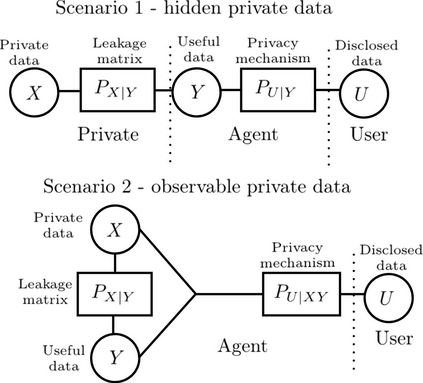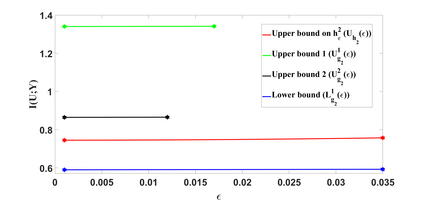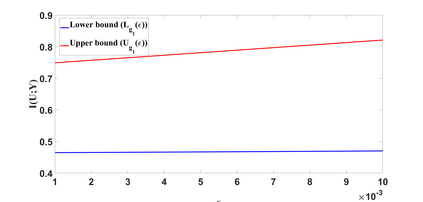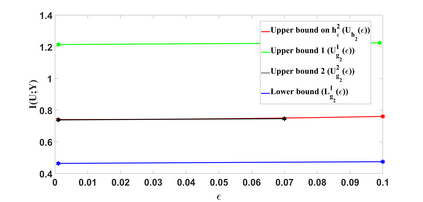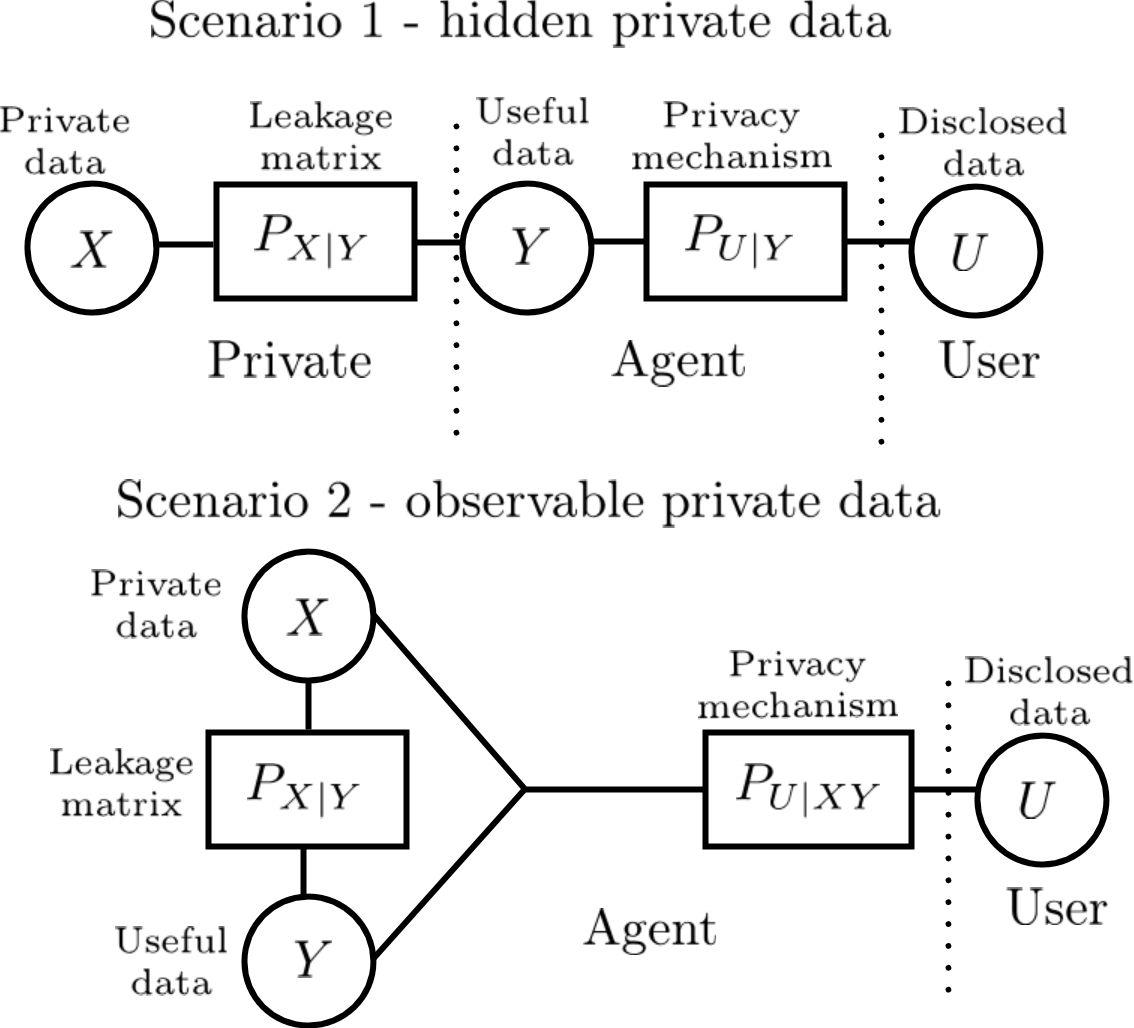An information theoretic privacy mechanism design problem for two scenarios is studied where the private data is either hidden or observable. In each scenario, privacy leakage constraints are considered using two different measures. In these scenarios the private data is hidden or observable. In the first scenario, an agent observes useful data $Y$ that is correlated with private data $X$, and wishes to disclose the useful information to a user. A privacy mechanism is designed to generate disclosed data $U$ which maximizes the revealed information about $Y$ while satisfying a per-letter privacy constraint. In the second scenario, the agent has additionally access to the private data. First, the Functional Representation Lemma and Strong Functional Representation Lemma are extended by relaxing the independence condition to find a lower bound considering the second scenario. Next, lower bounds as well as upper bounds on privacy-utility trade-off are derived for both scenarios. In particular, for the case where $X$ is deterministic function of $Y$, we show that our upper and lower bounds are asymptotically optimal considering the first scenario.
翻译:研究两种情况的信息理论隐私机制设计问题,即私人数据要么隐藏,要么可以观察到。每种情况都考虑采用两种不同的措施,即隐私渗漏限制。在这些情况下,私人数据是隐藏或可见的。在第一种情况中,代理人观测有用的数据,即美元与私人数据相关,并希望向用户披露有用的信息。一个隐私机制的设计目的是产生披露的数据,美元,以最大限度地增加披露的美元信息,同时满足每个字母的隐私限制。在第二种情况中,代理人可以额外获取私人数据。首先,功能代表Lemma和强功能代表Lemma通过放松独立条件而扩大范围,以找到考虑到第二种情况的较低约束。接下来,两种情况都得出关于隐私效用交易的下限和上限。特别是,对于美元具有确定性功能为$Y美元的情况,我们表明,考虑到第一种情况,我们的上下限和下限是尽可能最佳的。

